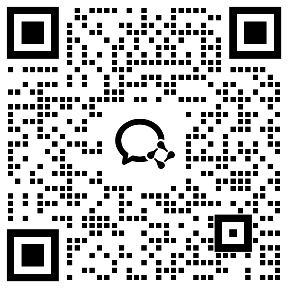Page 19 Section A 1a ~1c
I. Teachig Aims and Demands
1. Knowledge Objects:
Key vocabulary; Target language; Oral practice.
2. Ability Objects:
Listening and writing skills; Communicative competence.
II. Teaching Key Points
Key vocabulary: walk, subway, take the subway, train, take the train, ride a bike, take the bus, take a taxi, go in a parent’s car.
III.Teaching Difficulties
Target language :
Hey, Dave. How do you get to school?
I walk. How about you , Sally?
I ride my bike.
How does Bob get to school?
He takes the train.
IV. Teaching Methods:Listening and writing methods; Pairwork.
V . Teaching Aid : A tape recorder; A projector.
VI. Teaching Procedures
Step I Greet the class and show the screen:
(This is a picture. A house on one side of the board and a school on the other side. Some streets with left and right turns leading from the house to the school.) Teach the two buildings home and school.
Use finger to trace a path from the house to the school.Ask students, How do you get to school? Do you walk? Do you ride a bicycle?
(For example, if you ask , How do you get to school? and a student replies, Bike, say , Oh , you ride your bike. Class, repeat. I ride my bike. The class repeats.)
Say, Today we’re talking abot how you go from one place to another.
Step II Section A 1a
First ask students to look at the picture. And read the sample sentences to them. Ask them to repeat.
Hey, Dave. How do you get to school?
I walk. How about you, Sally?
I ride my bike.
Then let students say how other students in the picture get ot school. Give them some help if necessary. For example, take the bus ; take the train; take the subway.
Read the phrases to them and ask them to repeat. Then ask them to write them in the box and add other ways to get to school.
Then check the answers.
Step IV 1b
First point out the names of the students in the box. Ask one student to read the names. Now listen to the conversation. Please write the number of the name in the white box next to the student. One of them has already been done.
Then ask students to say what each person is doing.Write the phrases on the board: walking, taking the train, taking the subway, taking the bus.
Check the answers on the screen. Then ask the students how Bob /Mary /Paul /Yang Lan /John gets to school?
Then, use these persons to make a dialogue like this:
A: Hey, Bob. How do you get to school?
B: I take the train. How about you, Mary?
A: I take the subway.
Ask students to complete the activity individually.Then check the answers
Step V 1c Pairwork
Ask two students to read the dialogue in the box to the class.
A: How does Bob get to school?
B: He takes the train.
Now work with a partner. Make your own conversations about how the people in the picture get to school.
Then ask students to work in pairs. Ask and answer how students get to school in the picture..(Present their conversations to the class.)
As they talk , move around the room, offering language or pronunciation support as needed.
Step VI Summary and Homework
This class we’ve learnt some key vocabulary and the target language . How do you (does he )get to school? Next class I’ll ask some students to tell me the answers.
Step VII Blackboard Design
Unit 4 How do you get to school?
walk subway train
take the subway/train go in a parent’s car
How do you get to school? I walk.
How does he get to schllo? He walks.
Step VIII Teaching reflection:







